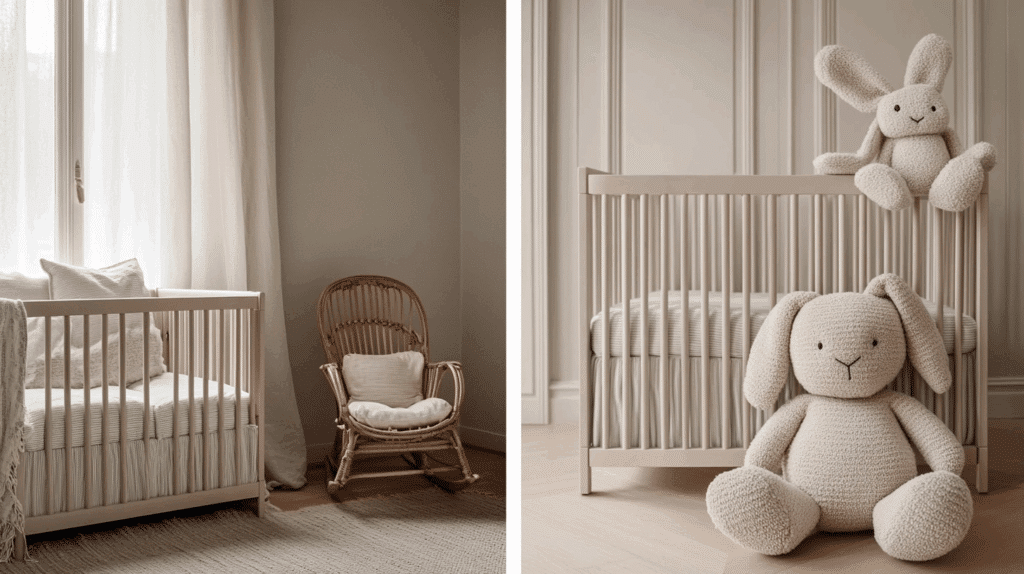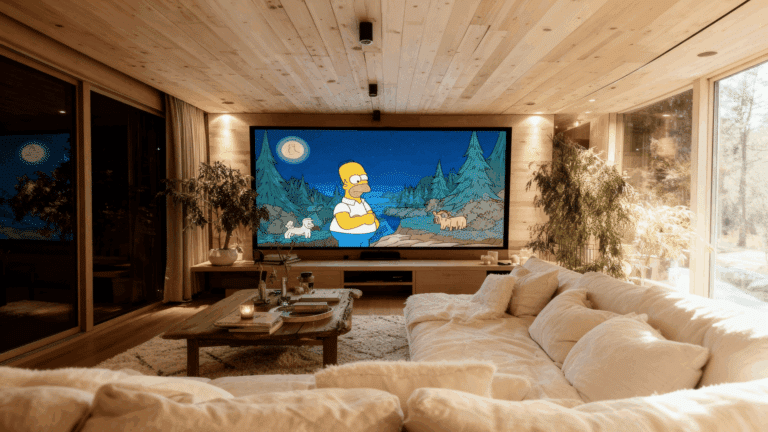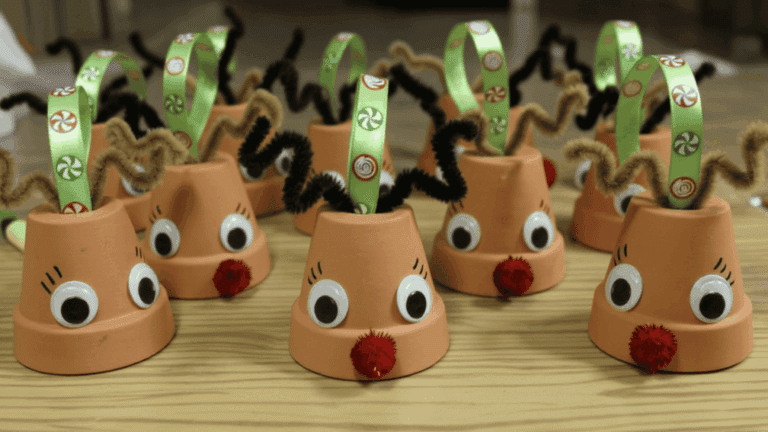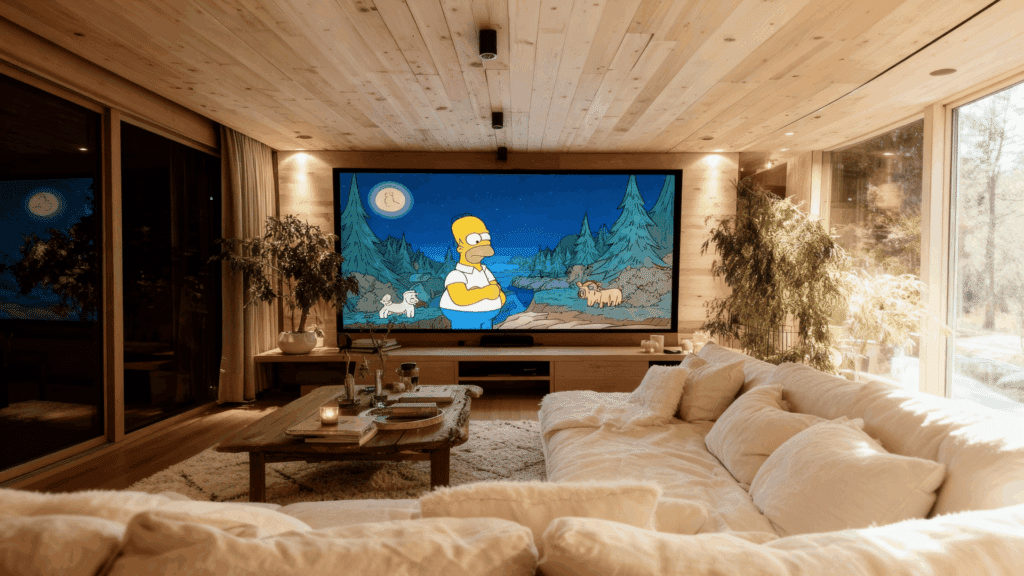Did you know that the average baby spends 12-14 hours sleeping each day during their first year? The crib you pick matters more than you might think.
Parents often find themselves torn between standard cribs and mini cribs. Each comes with its own set of good points and limits. The right choice in the mini crib vs crib decision can make your life as a parent much easier and give your baby a safe, cozy place to sleep.
This guide explains both options so you can choose the perfect sleeping spot for your little one based on your space, needs, and budget.
Choosing the Perfect Crib: Mini Crib vs Crib
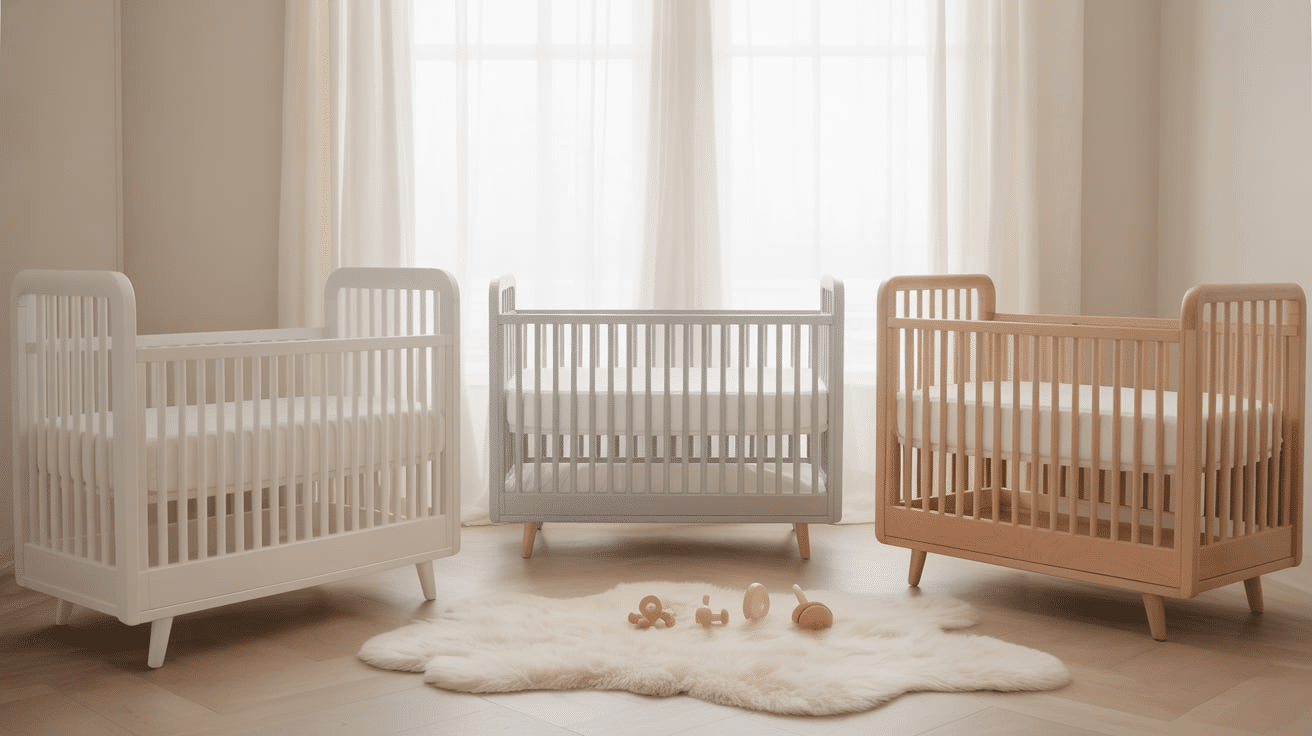
When choosing where your baby will sleep, standard cribs and mini cribs both have their merits. Let’s look at the key factors that will help you choose between a mini crib vs crib.
Size and Space Requirements
Standard cribs, measuring about 28 inches wide by 52 inches long, take up more floor space. They need a good chunk of room, but give your baby plenty of space to move around as they grow.
Mini cribs save space with their smaller footprint of roughly 24 inches wide by 38 inches long. This makes them ideal for:
- Small nurseries
- Shared bedrooms
- Apartments
- Secondary sleep spaces
When planning your nursery, measure your available space first. Remember to allow room to walk around the crib and for other furniture like a changing table or rocking chair.
Longevity and Convertibility
Standard cribs often last longer in your child’s life. Many can convert into toddler beds, daybeds, or even full-size beds with conversion kits, extending their use from birth to early childhood or beyond.
Mini cribs typically work well for the first 18-24 months before babies need more room. Some mini models do convert to twin beds, but this is less common. If you plan to have another baby soon, a mini crib could serve multiple children by moving to a toddler bed sooner.
The right choice depends on how long you want to use one piece of furniture and your future family plans.
Portability and Storage
Mini cribs excel in this area. Many models come with:
- Wheels for easy movement
- Folding capability for storage
- Lighter weight for carrying
Standard cribs tend to be fixed pieces of furniture. They’re heavier and rarely meant to move around. This makes them stable but less useful if you want a crib that can roll from room to room.
For families who travel often or have grandparents who host overnight visits, the mini crib offers clear benefits.
Price and Budget Considerations
Your budget plays a big role in your decision:
Standard cribs range from $120 to $850+, with more features adding to the cost. If buying conversion kits, factor in an extra $100-200.
Mini cribs cost between $100 and $400 in most cases. The lower price reflects their smaller size and sometimes simpler design.
Consider the total cost over time. A standard crib costs more up front but might save money if you use it for years. A mini crib costs less now, but might mean buying a bed sooner.
Style and Accessories
Both crib types come in various styles to match your home:
- Wood finishes (dark, light, natural)
- Modern or classic designs
- Painted options
For accessories, standard cribs use regular crib sheets and mattresses, which are easily found. Mini cribs need special, smaller sheets and mattresses, which may limit your choices or cost more.
Most standard crib mattresses are sold separately, while mini cribs often include a thin mattress. You might want to upgrade this for better quality.
Safety and Regulations
Good news: both standard and mini cribs must meet the same strict safety rules set by the Consumer Product Safety Commission (CPSC).
Look for these safety features:
- Fixed sides (drop-sides are banned)
- Proper slat spacing (less than 2⅜ inches apart)
- Non-toxic finishes
- Sturdy build quality
When buying a crib, check for recalls first and make sure it has a current safety certification. The crib’s manufacturing date should be printed on it.
Both options provide safe sleep environments when they meet current safety standards and are used correctly with a firm mattress and no loose bedding.
Pros and Cons of Mini Cribs and Standard Cribs
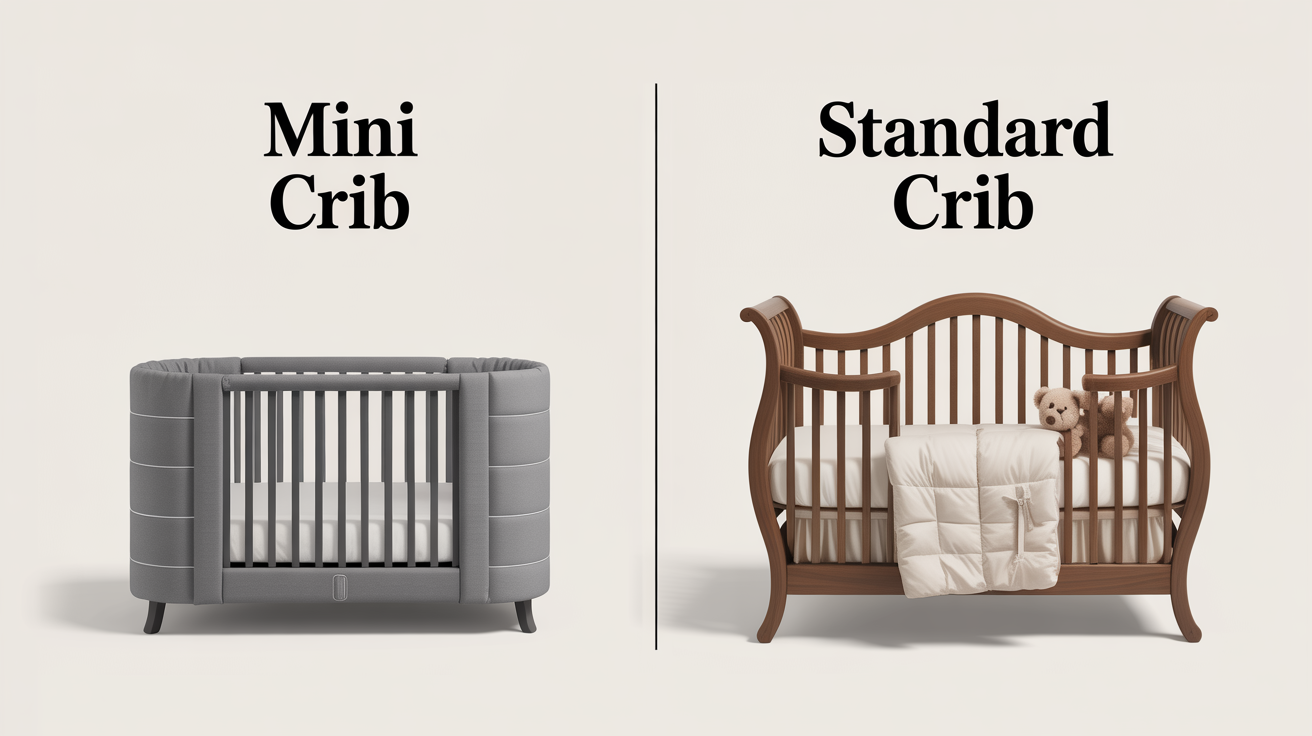
Both styles offer good points for different family needs, but they also come with trade-offs to think about. Below are the main pros and cons of each option to help guide your decision.
Mini Cribs – Pros:
- Space-saving design fits in small rooms
- Lower price point for budget-conscious parents
- Many include wheels for room-to-room movement
Mini Cribs – Cons:
- Babies may outgrow them by 18-24 months
- Limited mattress options and sheet selections
- Fewer conversion possibilities for extended use
- May need to buy a toddler bed sooner
Standard Cribs – Pros:
- Longer usable lifespan (up to 3+ years)
- Many convert to toddler beds or full-size beds
- More room for growing babies to move and sleep
- Wider range of styles and finish options
- Standard-sized sheets and mattresses are easy to find
- Better long-term value if used for multiple years
Standard Cribs – Cons:
- Higher initial cost than mini cribs
- Need more floor space in the room
- Harder to move once assembled
- Can be too large for small apartments
- Conversion kits are often sold separately, adding to the cost
Mini Crib vs Crib: Key Questions to Consider Before Deciding

Before you pull out your credit card to buy a crib, pause and think about what matters most for your family.
Your baby will spend many hours sleeping in this space, so taking time to consider these questions will help you make a smart choice that works for your home, budget, and parenting style.
- How much room do you have for a crib?
- How long do you want to use this same piece of furniture?
- Will you need to move the crib between rooms?
- What is your total budget, including mattress and bedding?
- Do you plan to have more children who might use this crib?
- Is this crib going to be the main sleep spot or a secondary one?
Finishing It Up
Picking the right crib is a key part of getting ready for your baby’s arrival.
When comparing mini crib vs crib twice, we’ve seen that both options have their strengths. Think about your living space, how long you’ll use the crib, and what fits your budget.
Don’t forget to check safety rules and proper mattress fit for whichever you choose. Once you know the answers to the main questions we covered about mini crib vs crib, your choice will be much clearer.
Want to share your crib choice story? Drop a comment below – we’d love to hear which option you picked!


